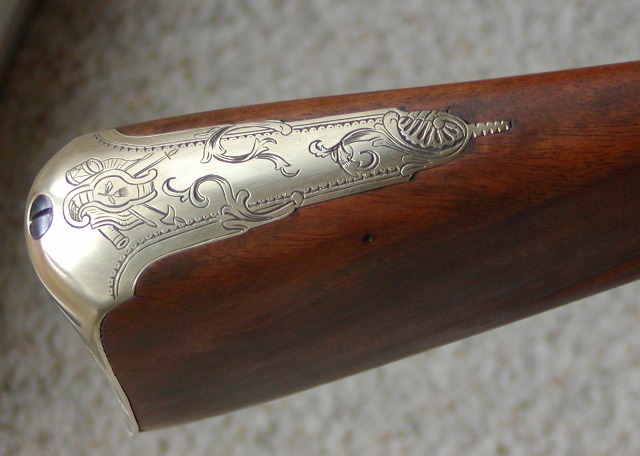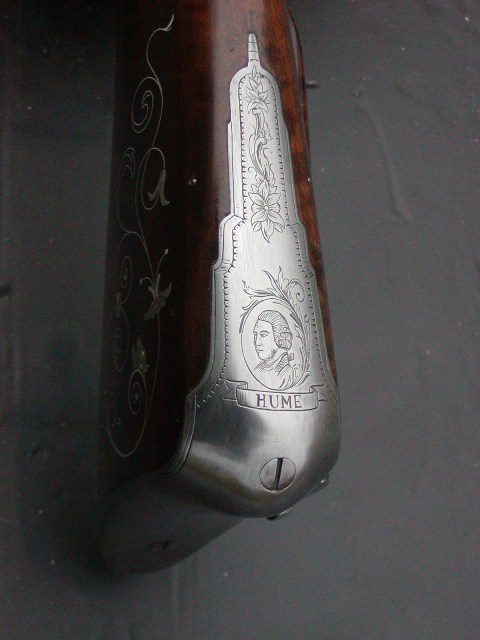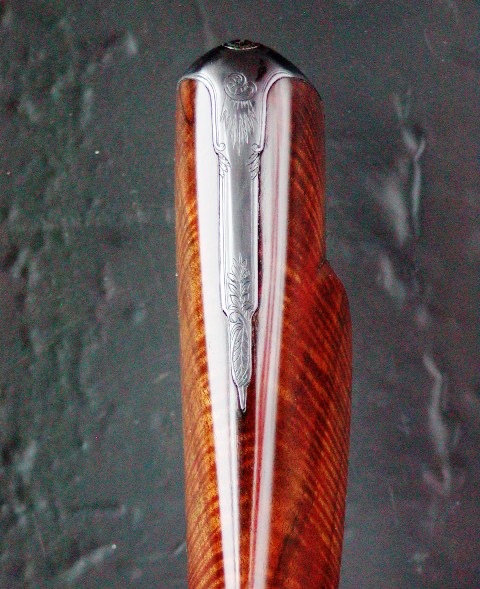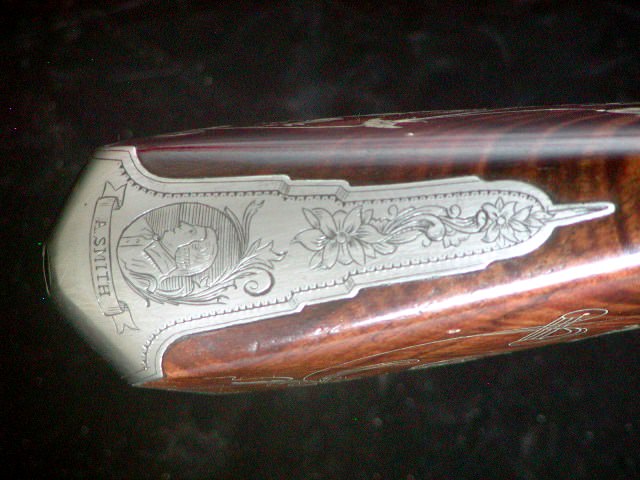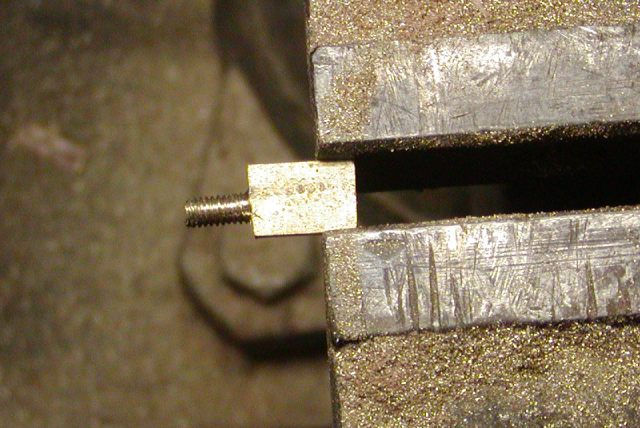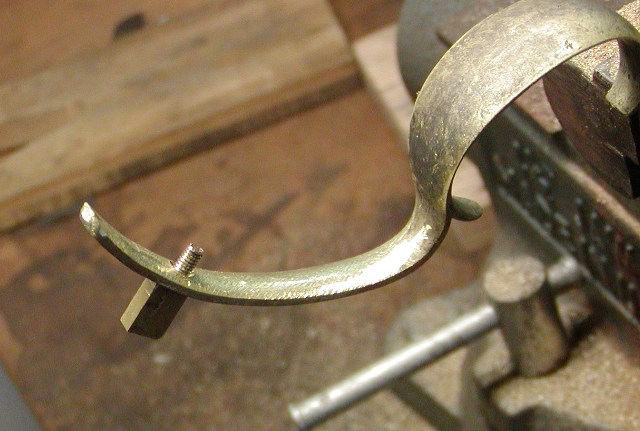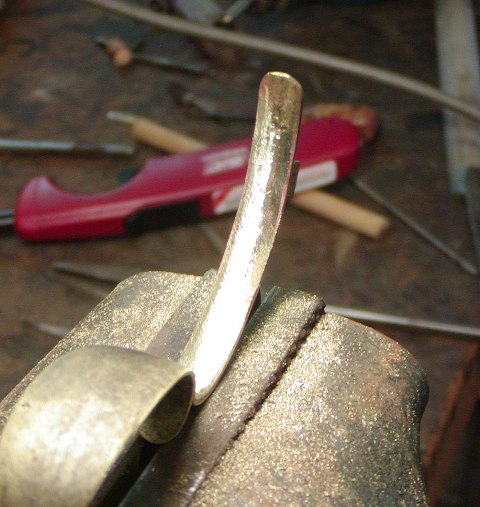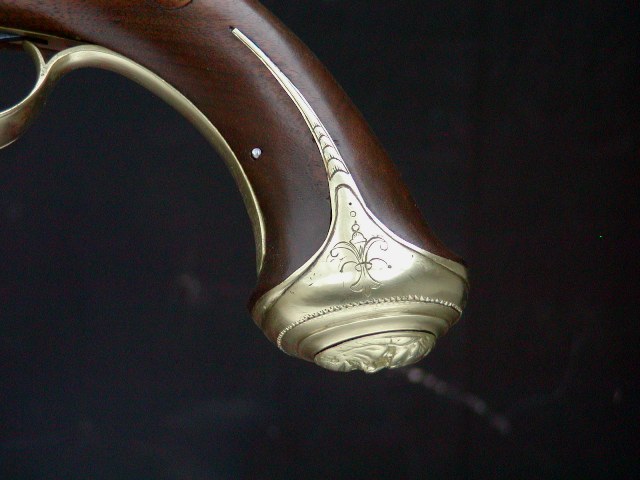old ugly
40 Cal.
good morning. i have a question re butt plate attachment.
i have a TOW fowler style butt plate, iron, the TOW plate does not have the lug on the tang that secures the front of the return to the stock.
i don't really want to use the MIG to weld one on, but it may be the only way. I don't want a visible screw in the return.
Would this sort of thing have been attached by,
a mortised through the hardware and then riveted over to hold it ? this will be visible.
or
would it have been soldered?
or
maybe by mortise and then solder ?
what have you done?
thanks
ou
tom
i have a TOW fowler style butt plate, iron, the TOW plate does not have the lug on the tang that secures the front of the return to the stock.
i don't really want to use the MIG to weld one on, but it may be the only way. I don't want a visible screw in the return.
Would this sort of thing have been attached by,
a mortised through the hardware and then riveted over to hold it ? this will be visible.
or
would it have been soldered?
or
maybe by mortise and then solder ?
what have you done?
thanks
ou
tom









